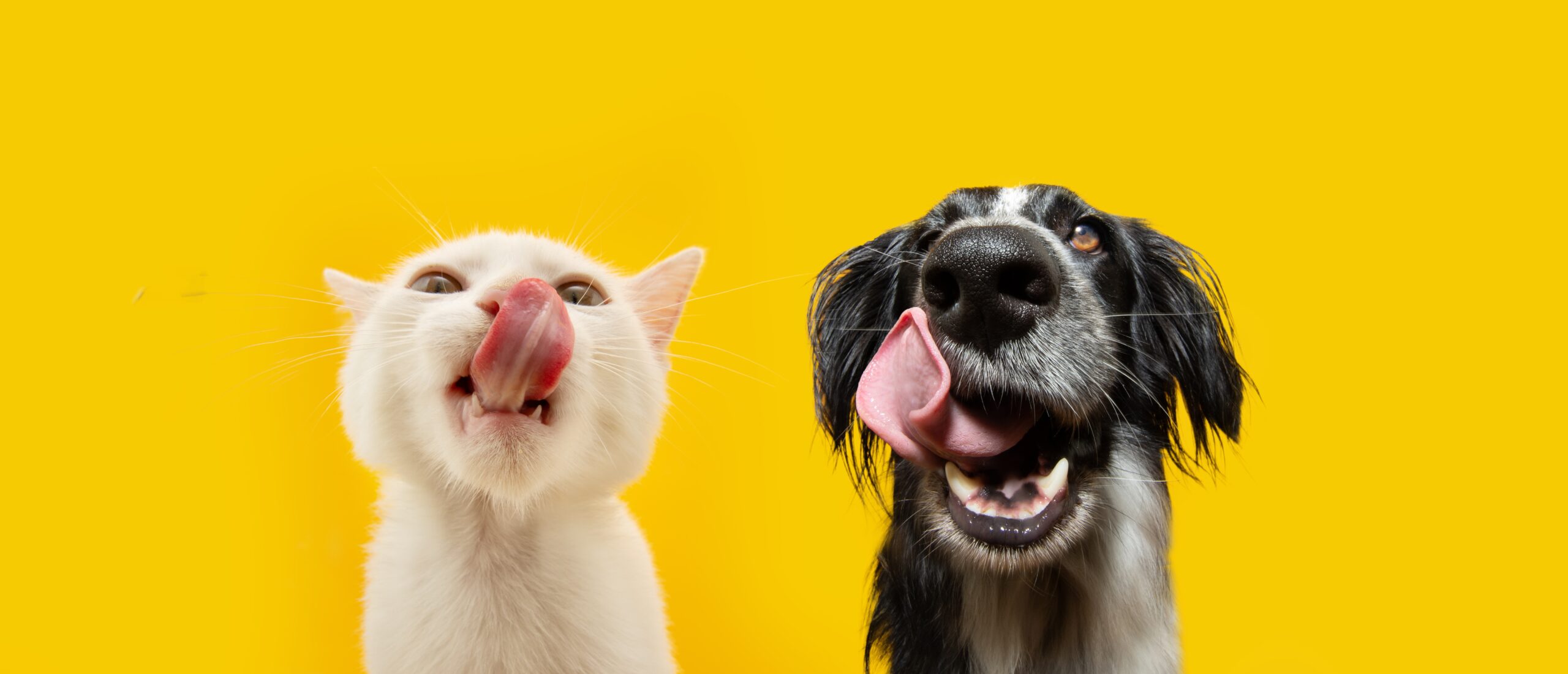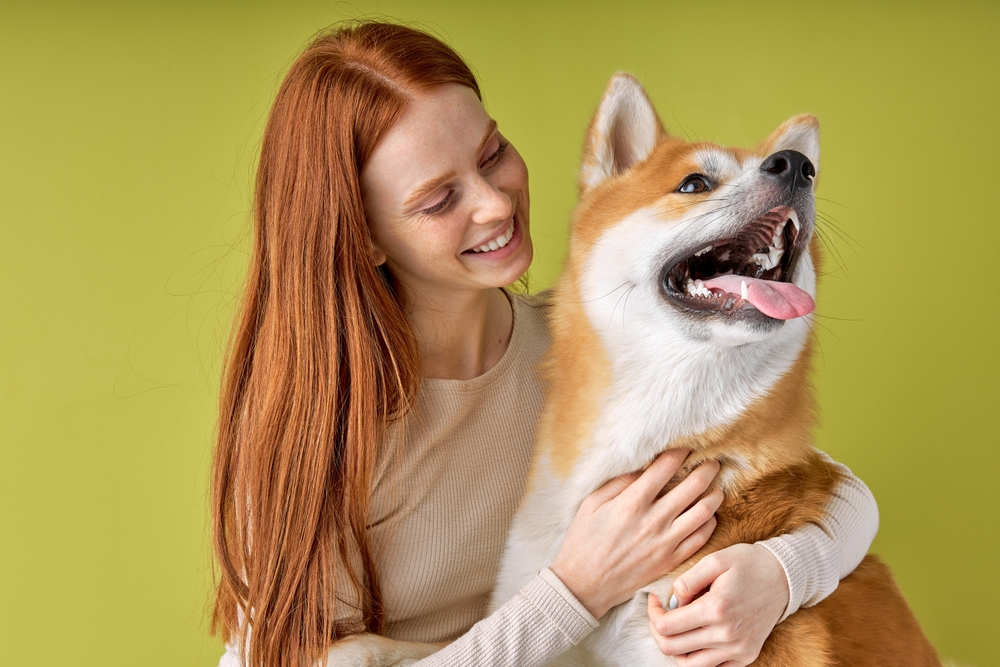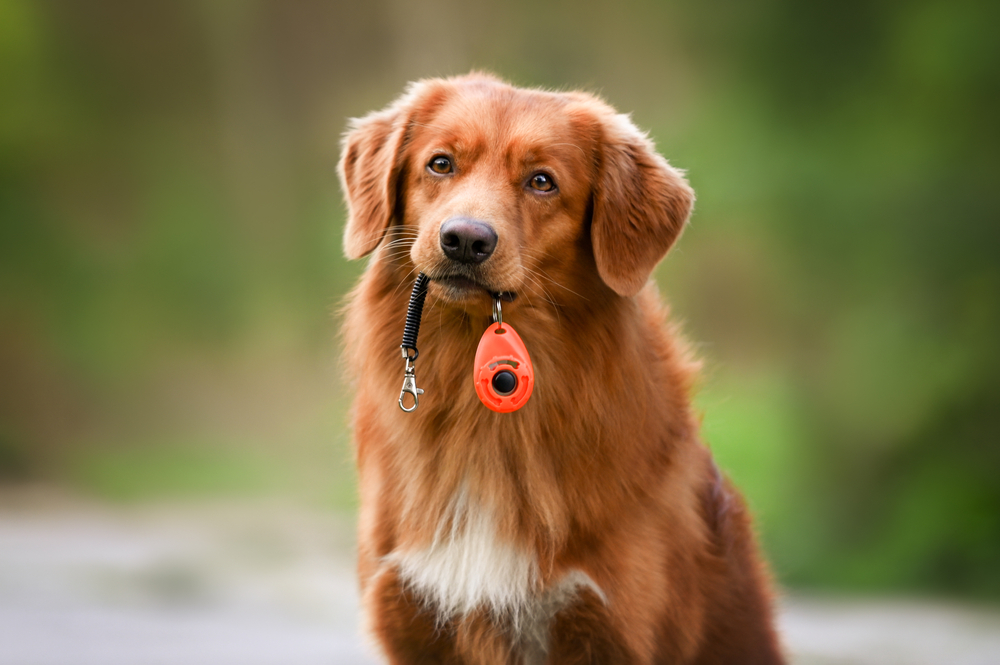If you’ve ever wondered how your cat or dog knows you’re “their person,” you’re not alone. It’s one thing to be the one who fills their bowl, takes them for walks, or offers up treats, but animals seem to recognize us as their people on a deeper level. Unlike us, they don’t use words or shared experiences to figure out the important people in their world. Instead, they’re picking up on a unique blend of scents, sounds, and behaviors. So, how exactly do cats and dogs know who their owners are?
For dogs, scent is everything. A dog’s sense of smell is incredibly powerful—over 10,000 times more sensitive than ours to be exact. This heightened sense gives them the superpower to pick up on individual scents with amazing accuracy. When you walk through the door, your dog doesn’t just recognize you by sight, they know it’s you by smell alone, even if they catch a whiff from down the hall. Your scent is comforting and familiar to them, almost like a calling card that says, “It’s me, I’m home.” Dogs have even been known to recognize different family members by their individual scents, which is why they may greet each person slightly differently. Through scent, your dog knows you’re more than just another human—you’re their human. This bond is so strong that some dogs even suffer from separation anxiety when they can no longer smell or see their owner nearby, showing just how deep this sensory connection goes.

Cats, while not as scent-focused as dogs, still rely heavily on smell to recognize their humans. Your cat’s sense of smell may not be as powerful as a dog’s, but it’s still far superior to ours. When your cat rubs against you, they’re not only showing affection, they’re actually marking you with their scent. This behavior, known as “bunting,” allows them to claim you as part of their “territory.” By marking you with their scent, they’re essentially saying, “You’re one of mine.” Cats tend to be subtle with their affections, so if your cat is rubbing against you or giving you the occasional head bump, they’re acknowledging you as part of their trusted circle. And since cats have scent glands on their cheeks and head, their gentle rubs are their way of tagging you as part of their safe environment, a daily reminder that they know who you are and where you fit in their lives.
Beyond smell, both cats and dogs recognize us through our daily behaviors and routines. Dogs, in particular, are excellent at picking up on subtle cues and patterns. Over thousands of years, dogs have evolved to read human body language at an expert level, and they’re experts at noticing even the slightest changes in our movements or facial expressions. They remember the way you walk, the tone of your voice, and even the sounds of your footsteps. These little details add up and create a strong sense of recognition that goes beyond visual familiarity. Your dog doesn’t just know your face; they know the way you move, the way you sound, and even the way you open the door. All of these signals reinforce their connection to you, and they have a special knack for remembering the little rituals you share, whether it’s a regular morning walk or the way you call them for dinner.
Cats are also observant creatures, but they show their recognition a bit differently. Cats aren’t as outwardly expressive as dogs, but that doesn’t mean they can’t still pick up on your patterns, habits, and routines. If you’ve noticed your cat waiting by their food bowl at the exact time you normally feed them or curling up near you when you’re about to sleep, it’s because they’ve learned to associate certain behaviors and routines with you. Over time, this familiarity creates a sense of security for your cat. They may not be as openly affectionate as dogs, but when they follow you from room to room or seem to “know” your schedule, it’s their way of recognizing you as part of their trusted environment. In their eyes, a predictable routine is a form of safety, and knowing you’ll be there at regular times builds trust and loyalty.
Another way cats and dogs know you’re their owner is through bonding rituals, though these look very different between species. Dogs are social animals that thrive on connection, which means they bond deeply through interaction and shared experiences. When you pet, play with, or spend time with your dog, you’re reinforcing their understanding that you’re a significant part of their life. For dogs, bonding with you makes them feel secure, and they’ll return that bond with loyalty and affection. They see you as their leader, friend, and protector, and your interactions strengthen that bond every day. Dogs are particularly responsive to physical touch and time spent together, so the more you engage with them, the more they view you as a central figure in their lives.

Cats, on the other hand, bond through proximity and familiarity rather than constant interaction. Unlike dogs, cats don’t need as much hands-on bonding to know you’re their person. For a cat, simply sharing space can be a meaningful way of connecting. When your cat sits beside you on the couch, watches you work, or even just curls up in the same room, they’re signaling that they trust you. Cats bond on their own terms, so if they’re spending time near you, it’s a pretty good indicator that they see you as part of their inner circle. The subtler nature of their bond means they’re more likely to show contentment through calm presence, which, to a cat, is a deep form of connection.
Another crucial way pets identify their owners is through sound. Both cats and dogs recognize the sound of your voice, and studies have shown that they respond differently to their owners’ voices than to strangers. Dogs are particularly skilled at picking up on tonal changes in your voice which is why they often respond to commands or even know when you’re happy or upset based on the tone of your voice alone. When you talk to your dog, they’re not just listening to what you’re saying, but how you’re saying it, too. Cats, while known for their “selective hearing,” also have an uncanny ability to recognize their owner’s voice. Although they may not come running when you call, studies show that cats’ ears and tails will often move in response to their human’s voice, even if they don’t fully acknowledge it. For both animals, your voice is a key signal that tells them, “This is someone I know.”

Routine is another powerful way pets learn to recognize us and come to understand that we’re theirs. Both cats and dogs are creatures of habit, and they take comfort in knowing what to expect every day. When you feed them, walk them, or follow a daily routine that involves them, you’re giving them a much-needed sense of stability and security. Over time, these rituals build trust and attachment, making your role in their life feel familiar and dependable. Routine is their way of confirming that you’re a constant presence, and that’s a big part of how they identify you as “their person.”
So, how do cats and dogs know you’re their owner? It’s through a complex mix of scent, body language, bonding rituals, sound, and routine. They’re picking up on the small details that make you unique, creating a bond that’s built on trust and familiarity. This bond is w
